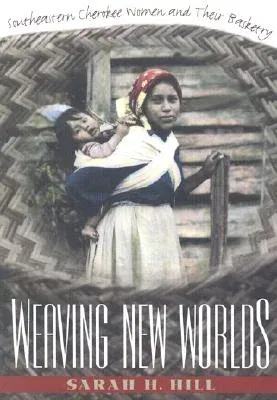Sarah H Hill
(Author)Weaving New Worlds: Southeastern Cherokee Women and Their BasketryPaperback, 30 June 1997

Qty
1
Turbo
Ships in 2 - 3 days
In Stock
Free Delivery
Cash on Delivery
15 Days
Free Returns
Secure Checkout
Part of Series
And Government; 5
Print Length
440 pages
Language
English
Publisher
University of North Carolina Press
Date Published
30 Jun 1997
ISBN-10
0807846503
ISBN-13
9780807846506
Description
Product Details
Author:
Book Format:
Paperback
Country of Origin:
US
Date Published:
30 June 1997
Dimensions:
25.5 x
17.42 x
2.74 cm
ISBN-10:
0807846503
ISBN-13:
9780807846506
Language:
English
Location:
Chapel Hill
Pages:
440
Publisher:
Series:
Weight:
780.18 gm

